One half of the artbook-publishing powerhouse, STANLEY/BARKER, shares the titles, authors and ideas which have continued to inform her life and work
What better candidate to quiz about their formative reads than one who has dedicated her career to books? London-based photographer Rachel Barker is one half of STANLEY/BARKER, the publishing house she set up with her husband Gregory in 2014, and whose raison d’être is disseminating beautiful and innovative publications.
From Tod Papageorge’s memorable memorable document dedicated to the rich and enchanting history of Studio 54, to Karen Knorr’s tongue-in-cheek investigation into the lives and living spaces of the upper echelons of Belgravia society, the duo have a long list of desirable tomes to their name, and plenty more slated for release in the year ahead. With that in mind, then, here is Barker herself, sharing the literary moments and pioneering authors who continue to inspire and influence her singular work.
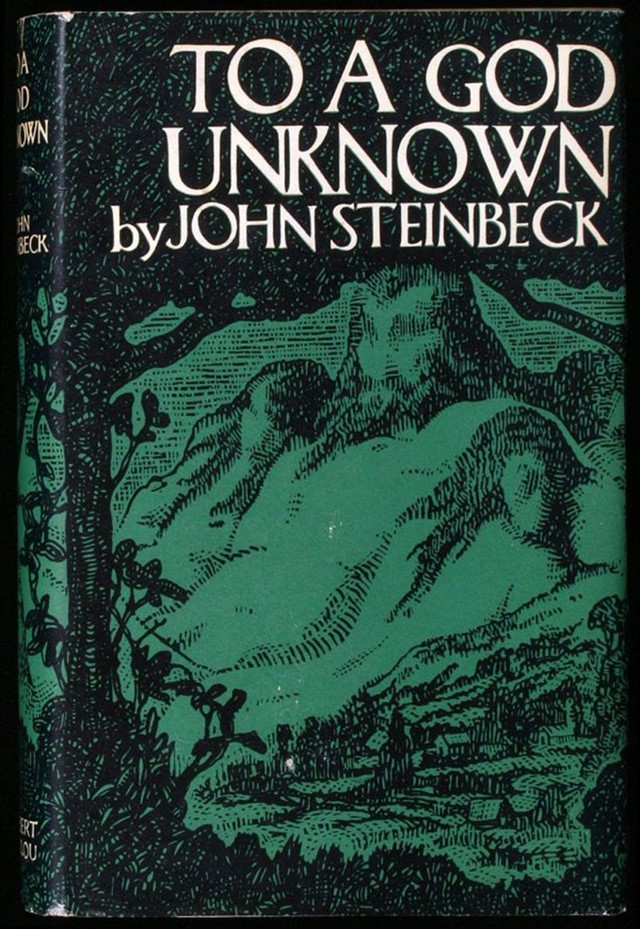
To a God Unknown by John Steinbeck, 1933
"Of any author I have read, John Steinbeck has been the greatest influence on my life. To a God Unknown was thrust into my hand one morning by my husband Gregory, and from there I have read everything Steinbeck has written, including nearly 1000 pages of his personal letters to friends in A Life In Letters. The letters are an amazing insight into Steinbeck’s journey through life, his moral integrity and his transition into one of the greatest writers of our time."
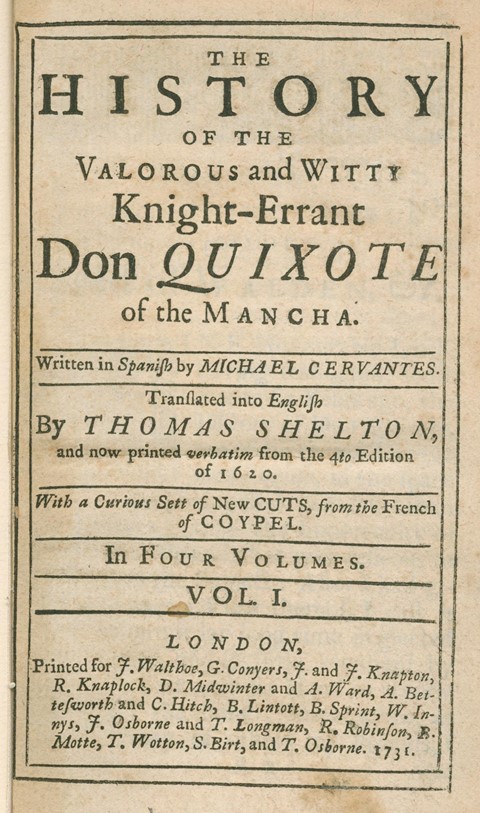
Don Quixote by Miguel de Cervantes, 1605
"Don Quixote by Miguel de Cervantes is a brilliant story about a man who has become so entranced reading tales of chivalry that he decides to turn knight errant himself. On his ‘heroic’ journey Don Quixote meets characters of every class and condition, and whilst things go wrong along the way, even after many failures, Don Quixote still persists in his vision and commitment. I love Cervantes' portrayal of a man who has dedicated his life to his creative imagination and commitment."
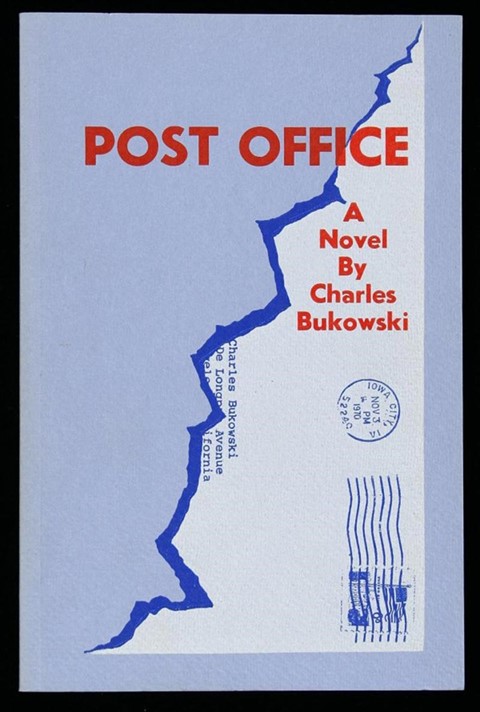
Post Office by Charles Bukowski, 1971
"This book should be read by any creative feeling trapped in a non-creative job. An autobiographical account of Bukowski's years working as a carrier and sorter for the United States Postal Service, it was Bukowski’s first novel, published in 1971 shortly after quitting his job as a postal clerk, when he was 50 years old."
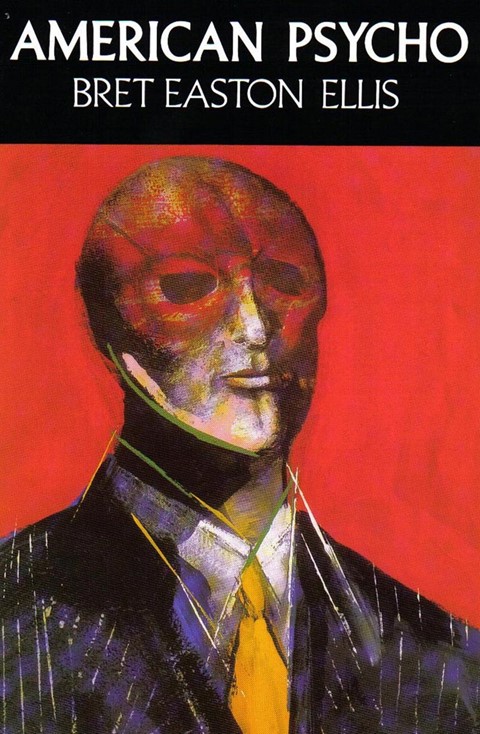
American Psycho by Bret Easton Ellis, 1991
"In his exploration of 80s capitalistic culture, Ellis makes us question: 'Is evil something you are? Or is it something you do?’ Morality aside, Patrick Bateman’s attention to detail and design, especially highlighted in Mary Harron’s film adaption of the book in the famous ‘business card scene’ below is pure genius, and something I take perverse pleasure in as a publisher."
“A brief spasm of jealousy courses through me when I notice the elegance of the color and the classy type. I clench my fist as Van Patten says, smugly, — Eggshell with Romalian type…— He turns to me. — What do you think?" – Patrick Bateman in American Psycho
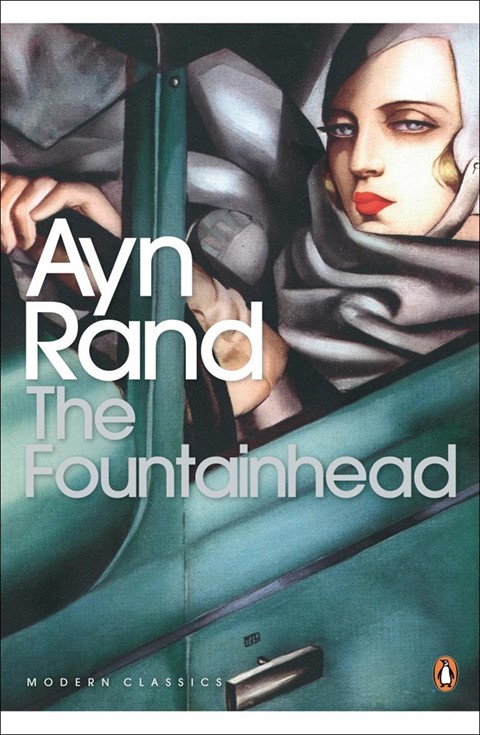
The Fountainhead by Ayn Rand, 1943
"Always a choice that causes controversy, but the book which has had the biggest impact on my life and the way in which I approach my work. Ayn Rand wrote The Fountainhead as a tribute to the creative freethinker. The theme, as Ayn Rand states it, is 'individualism versus collectivism, not in politics but in men's souls.' The book is about the conflict between those who think for themselves and those who allow others to dominate their lives. The hero of the story, Howard Roark, an architect, refuses to conform, instead pursuing his vision of architecture with an unswerving dedication and morality that I found inspirational."
Special thanks to Rachel Barker.
